A Fife hotel has uncovered 160 years of history during a renovation project – including photos depicting Leven as a holiday hotspot.
Owners of the Old Manor Hotel in Lundin Links found an album of documents and clippings dating back to Victorian times.
And among them are postcards showing Leven in the 1960s and 70s, when people travelled there from across Scotland each summer.
Old Manor Hotel operations manager Steven Carleschi described them as “a fascinating glimpse of the past for anyone of a certain age”.
He added: “We have a real variety, a mix of sepia, black and white and colour.
“We’ve scanned them all to preserve them for our guests to look at if they wish.”
Postcard of once-popular Leven hotel in its heyday
Built in 1864, the huge mansion overlooking Lundin Links golf course was known as Aithernie House.
It became the Beach Hotel in the 1960s and had a sister hotel, Leven Beach Hotel, in the neighbouring town.
And one of the postcards shows the Leven hotel during its most popular era.
It was damaged by fire in 1989 and later demolished, with a care home built in its place.
However, the Festival Gardens seen in the picture remain.
Steven added: “We also have some cards showing the beach, the caravan site, the children’s paddling pool and the famous Leven Shell House, which was a big attraction in its day.”
The Shell House, also known as the Buckie House, stood on the Promenade and some shells are still visible on a perimeter wall.
Putting green, the glen and Scoonie Burn included in old postcards
Other postcards depict the beach pavilion, the putting green, Letham Glen and Scoonie Burn.
One of them includes the headline “Happy Days at Leven”.
One of Steven’s favourites is black and white and shows golfers in plus fours at a championship.
“It looks pretty early due to the clothing they are wearing,” he said.
“It would be hard to know in what year the photograph was taken.
“Lundin Links and Leven were very sought after destinations and still have a lot to offer today’s holidaymakers.
“The cards depicting the old caravan site show just how much this sector has modernised to offer much more sophisticated holiday parks.”
History of the Old Manor Hotel
The Old Manor was sold to the Wallace family, owners of Pettycur Bay Holiday Park in Kinghorn, in 2021.
They also operate the Leven Beach Caravan Park.
Last month, they announced they were renaming the lounge “1864” after the year the building was constructed.
Historical documents reveal it was designed by Glasgow architect Campbell Douglass as a home for two spinster sisters called the Misses Rigg.
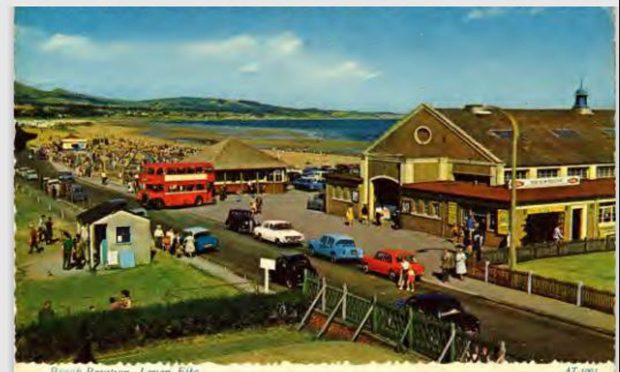
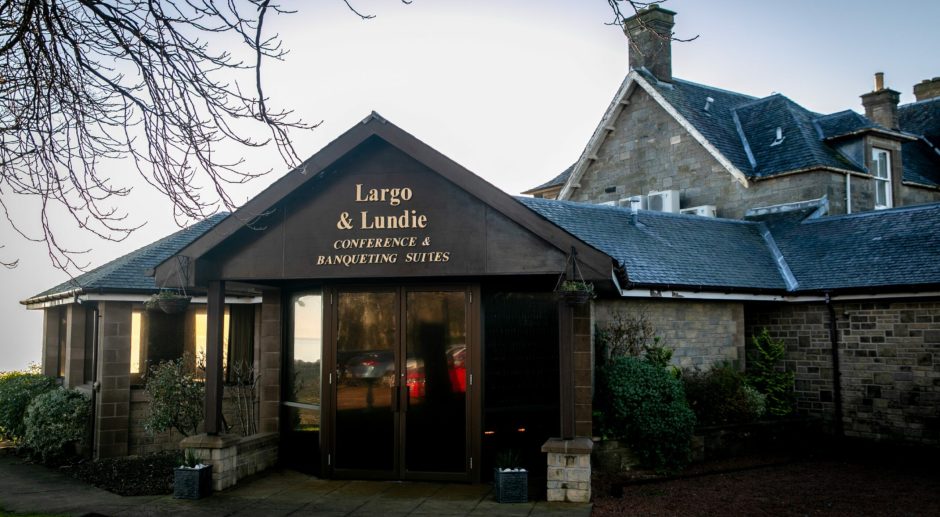
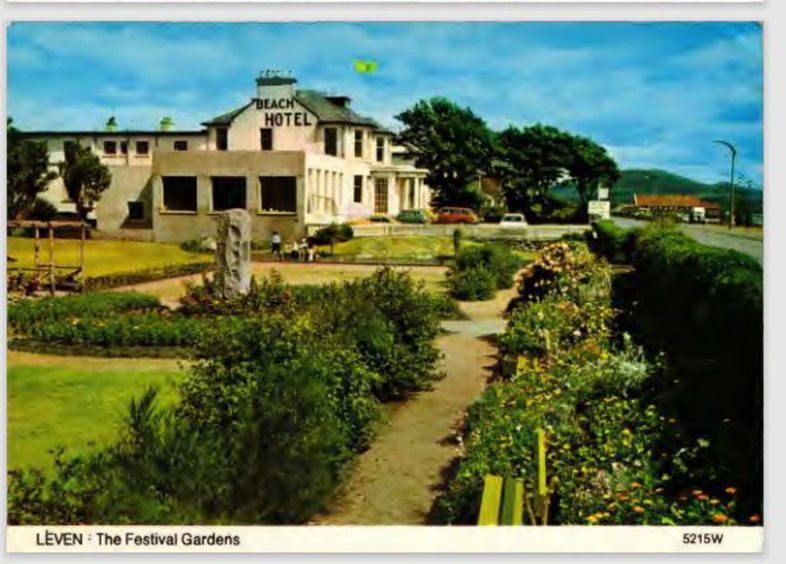
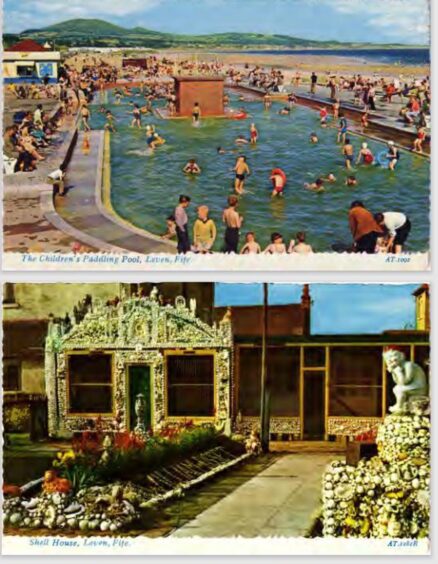
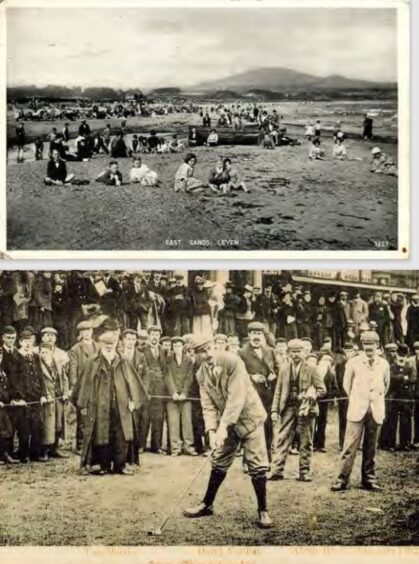
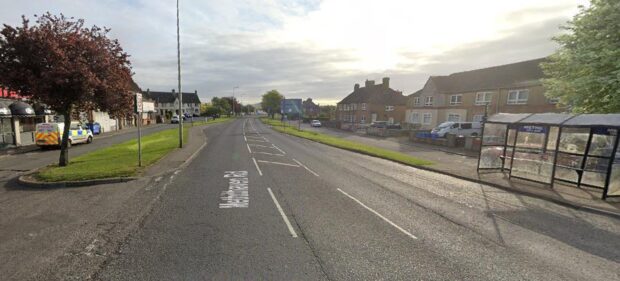









Conversation